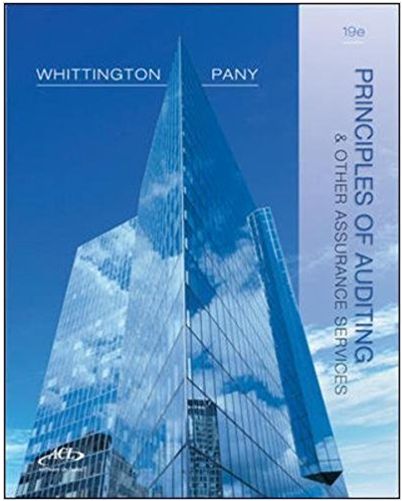Question
Assume that Idle Industries can have a high value = $75.6 or a low value = $63 next year. (These values already account for the
- Assume that Idle Industries can have a high value = $75.6 or a low value = $63 next year. (These values already account for the manager’s base salary, but they do not account for a possible bonus.) The likelihood of a high value depends on the effort expended by the manager. If the effort is high, then the (risk-neutral) probability of a high value is 2/3, and if the effort is low, then the (risk-neutral) probability of a high value is it is 1/3. The manager’s base salary is $5 and the high effort level costs the manager the equivalent of $2 in lost time and perquisites, so without an incentive the manager will choose a low effort. The risk-free rate is 5%.
a. What is the present value of Idle if the manager is not offered a bonus? Assume that the manager is risk neutral, so that she cares about the expected value of her net pay (less the cost of effort if any), and a bonus contingent on Idle’s value turning out to be high will be offered to the manager.
Fact given : Assume that the manager is risk neutral, so that she cares about the expected value of her net pay (less the cost of effort if any), and a bonus contingent on Idle’s value turning out to be high will be offered to the manager. b. How large a bonus must be offered in order to convince the manager to put forth a high effort? c. What is the present value of Idle if the manager is offered such a bonus?
b. How large a bonus must be offered in order to convince the manager to put forth a high effort?
Case fact :Now assume that the manager is risk averse, so that she cares about the expected value of the natural logarithm of her net pay (less the cost of effort if any), and a bonus contingent on Idle’s value turning out to be high will be offered to the manager. (Hint: Remember the rules of manipulating logarithms, a × ln(x) = ln(xa), ln(x) + ln(y) = ln(xy), ln(x) – ln(y) = ln(x/y), and exp{ln(x)} = eln(x) = x.)
c. What is the present value of Idle if the manager is offered such a bonus? Now assume that the manager is risk averse, so that she cares about the expected value of the natural logarithm of her net pay (less the cost of effort if any), and a bonus contingent on Idle’s value turning out to be high will be offered to the manager. (Hint: Remember the rules of manipulating logarithms, a × ln(x) = ln(xa), ln(x) + ln(y) = ln(xy), ln(x) – ln(y) = ln(x/y), and exp{ln(x)} = eln(x) = x.)
d. How large a bonus must be offered in order to convince the manager to put forth a high effort?
e. What is the present value of Idle if the manager is offered such a bonus?
f. Repeat parts a, b, and c assuming that if the effort is high, then the (risk-neutral) probability of a high value is 1, and if the effort is low, then the (risk-neutral) probability of a high value is it is 0.
Step by Step Solution
3.26 Rating (141 Votes )
There are 3 Steps involved in it
Step: 1
a What is the present value of Idle if the manager is not offered a bonus ANSWER The present value of Idle without a bonus is 63 This is because the expected value of Idle without a bonus is 635 and t...
Get Instant Access to Expert-Tailored Solutions
See step-by-step solutions with expert insights and AI powered tools for academic success
Step: 2

Step: 3

Ace Your Homework with AI
Get the answers you need in no time with our AI-driven, step-by-step assistance
Get Started


